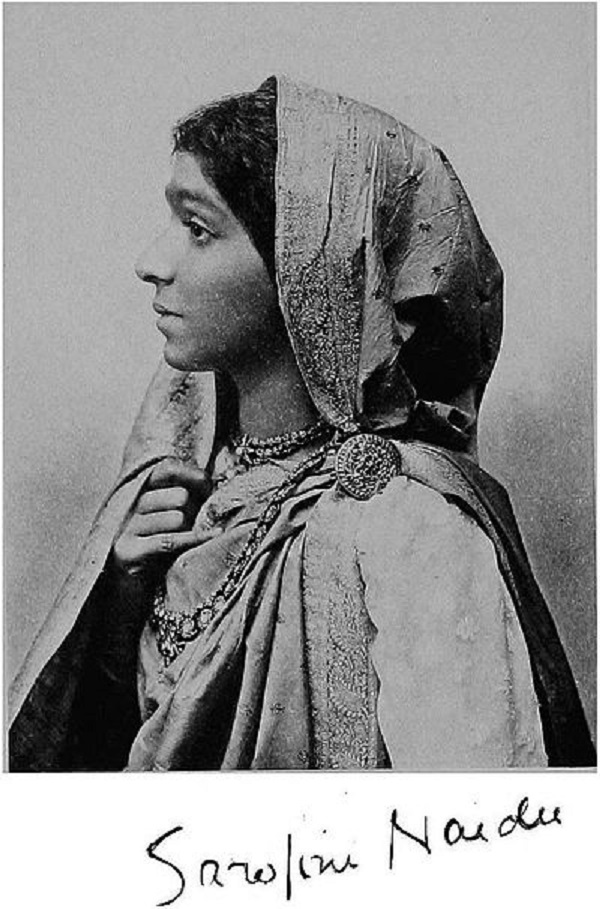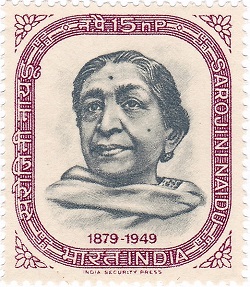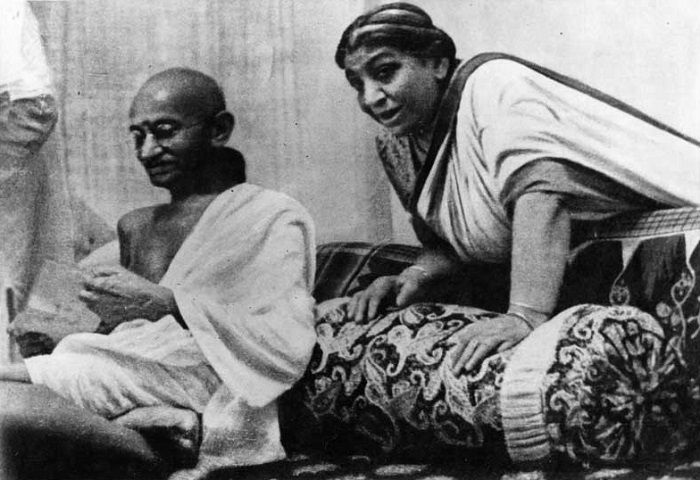Sarojini Naidu (b. 13 Feb 1879 — d. 2 March 1949) was a not only Indian political leader, activist but also a great poet as well as a woman of India and celebrated nationally. She was one of the key figures of the Indian independence movement. Naidu aimed to help diminish the ruling of the British in India during the years of 1912 to 1947.
A prominent follower of Mahatma Gandhi and his cultural ideology not only like a true and obedient student. But also full supportive to Gandhi in all the aspects in decision-making to forming a better India.


Education of Sarojini Naidu
Her education was not only limited to Indian territory but also crossed the boundary of the country at the age of 16. It was Nizam’s Charitable Trust (founder — Nizam Mahbub Ali Khan) who gave her a chance to complete her studies in England.
Sarojini was well worse with the culture of India and the condition of the nation at the beginning. A philosophic mind used to keep her eyes awake for the good reasons of the nation and its benefits. She had a successful inter-caste marriage which was happily approved by both the families.
Sarojini had a successive three years of travelling, while she visited different regions of India during 1915 and 1918. The motive of the travel was to give auspicious lectures on social welfare, the emancipation of women and bringing the clear awareness of the future of independence. And further evolution of nationalism in every person of India.
Her lectures were so demanding similarly inspiring ones that anyone could get motivated like she could yield a fruit of success from the brain of foolish and ignorance.
In short, her thought process was so simple and easily recognizable in one of her poems, In The Bazaars of Hyderabad.
“The Bazaars of Hyderabad" by Sarojini Naidu
What do you sell, oye Marchant?
Richly your wares are displayed.
Turbans of crimson and Silver
Mirrors with panels of amber,
Daggers with handles of jade
What do you weigh, oye Vendors
Saffron and lentil and rice
What do you grind oye maidens?
Sandalwood, henna, and spice.
What do you call oye Pedlars?
Chessmen and ivory dice.
What do you make oye Goldsmith?
Wristlet, anklet, and ring.
Bells for the feet of blue pigeons,
Frail as a Dragon’s-fly’s wing, girdles of gold for the dancers,
Scabbards of gold for the king [...]
The Bird of Time (available on Amazon): Songs of Life, Death, and the Spring are her fine collections of poems. This antiquarian volume contains a complete manual of the art of angling for roach, with comments on methodology, equipment, tactics, and other information useful.
Also, Read Poem: From “How To Live On The Planet Earth”



















